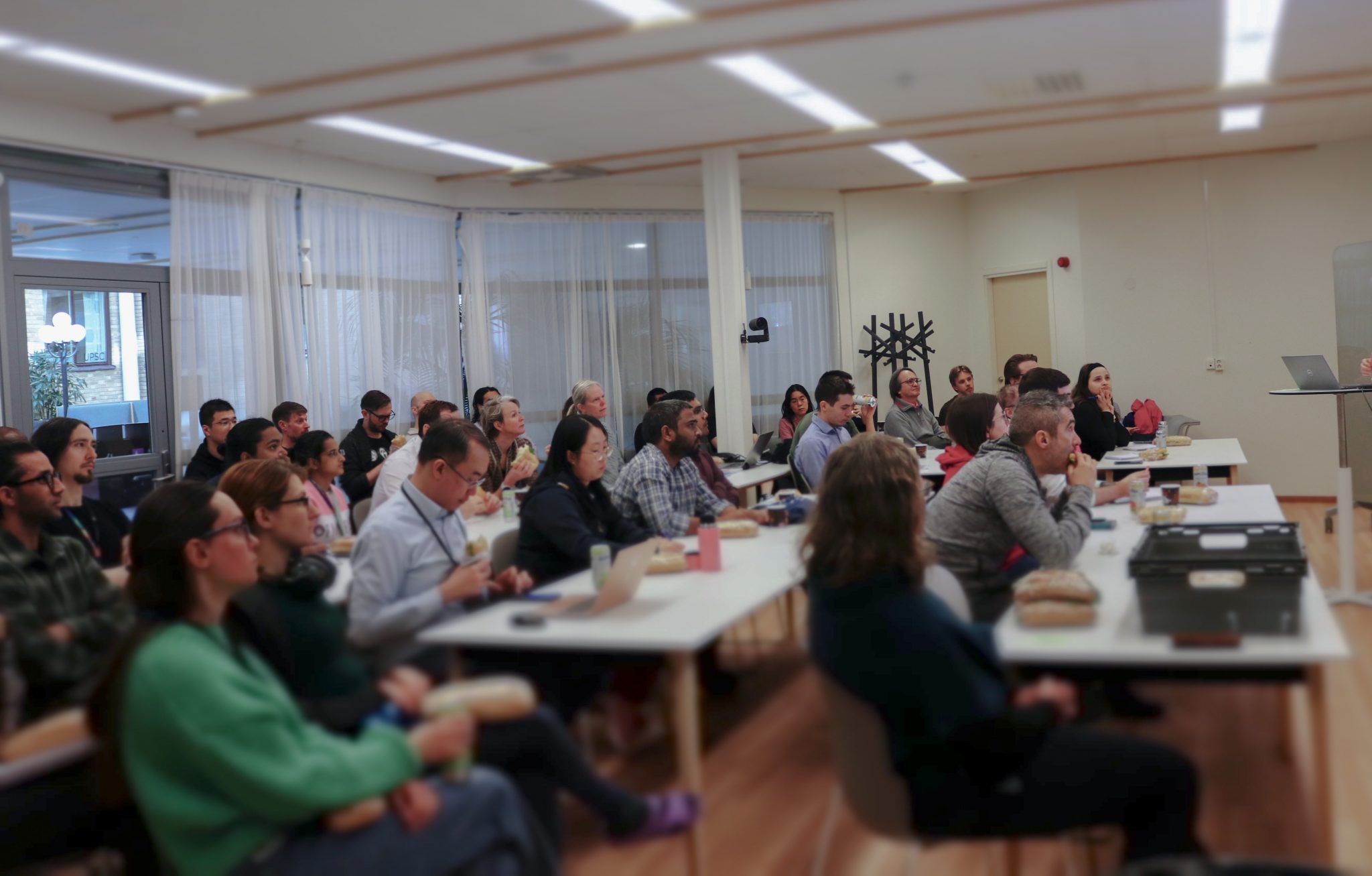A tale of two T cells – revealing the innate program of CD8+ T cells by single-cell genomics
August 22 @ 15:00 – 16:00 CEST
Dr. Andrew Grimson, Cornell University
CD8+ T cells are classically recognized as adaptive immune cells based on their ability to recognize specific foreign antigens via their T cell receptor (TCR). However, recent studies indicate that some naive CD8+ T cells can respond to innate cytokines alone in the absence of TCR stimulation, a phenomenon referred to as bystander activation. Here, we demonstrate that neonatal CD8+ T cells undergo a robust and diverse program of bystander activation, which can protect against bacterial, viral, and parasitic pathogens in a TCR-independent manner. Using a multi-omics approach, we found that the innate-like bystander program of neonatal CD8+ T cells is mediated by rapid chromatin remodeling and controlled by a balance of Bach2 and AP-1 transcription factor activity. The innate CD8+ T cell subset that predominates in early life is also present in adult mice and humans, indicating that multiple layers of defense exist within the adult naïve T cell pool, a compartment that is more functionally diverse than previously thought.
Biography
The Grimson laboratory investigates gene regulation, with an emphasis on genomics and gene regulation. It has three areas of emphasis: first, the application and development of genomics tools, focusing on the immune system, second, the function of small RNA regulatory molecules (chiefly microRNAs, focusing on their roles in the immune system), and third, the identification and characterization of novel cis- regulatory elements within mRNAs, and the impact such elements have on regulation of the transcriptome. These research areas represent Andrews long-standing experience and interest in the control of gene expression. As a graduate student, Andrew investigated the NMD mRNA decay pathway (nonsense-mediated mRNA decay; Anderson lab, University of Wisconsin-Madison), and as a postdoctoral fellow, he focused on microRNA target prediction and small RNA evolution (Bartel lab, Whitehead/MIT). In his laboratory at Cornell University, their work typically combines high-throughput experimental and computational genomics, together with traditional experimental approaches. Ongoing projects include both fundamental studies in post-transcriptional regulation, for example: mechanistic characterization of novel regulatory pathways they have found; together with investigations into biological roles for post-transcriptional regulation, for example: investigating roles for small RNAs in the mammalian immune system. A recurring theme in their work is understanding the mechanisms and consequences of regulation of the transcriptome; over the past five years, almost all their work in this area has focused on the immune system. Moreover, several of their previous and current projects leverage single-cell genomics technologies as a primary tool to study immune cell subsets. It is this theme – the interface of genomics and immunology – which is reflected in his role as mentor and sponsor for Connor Kean.


